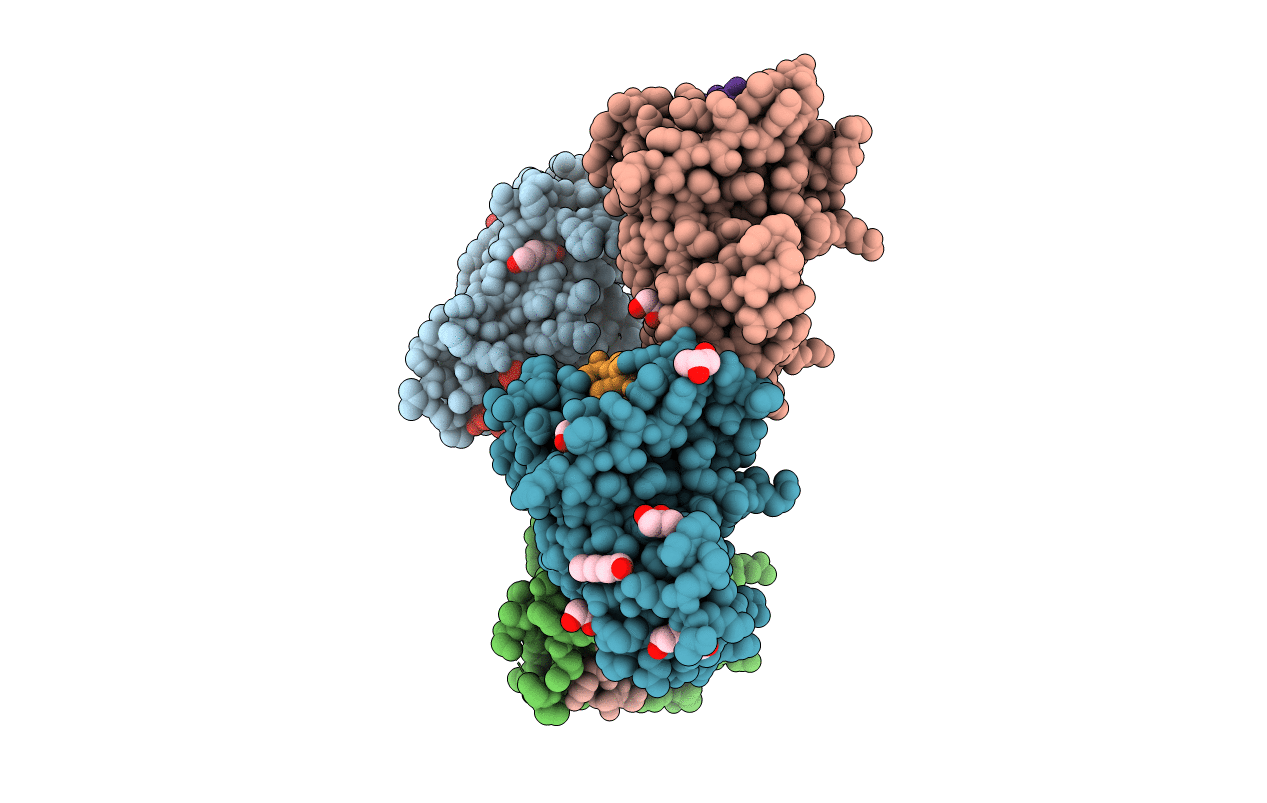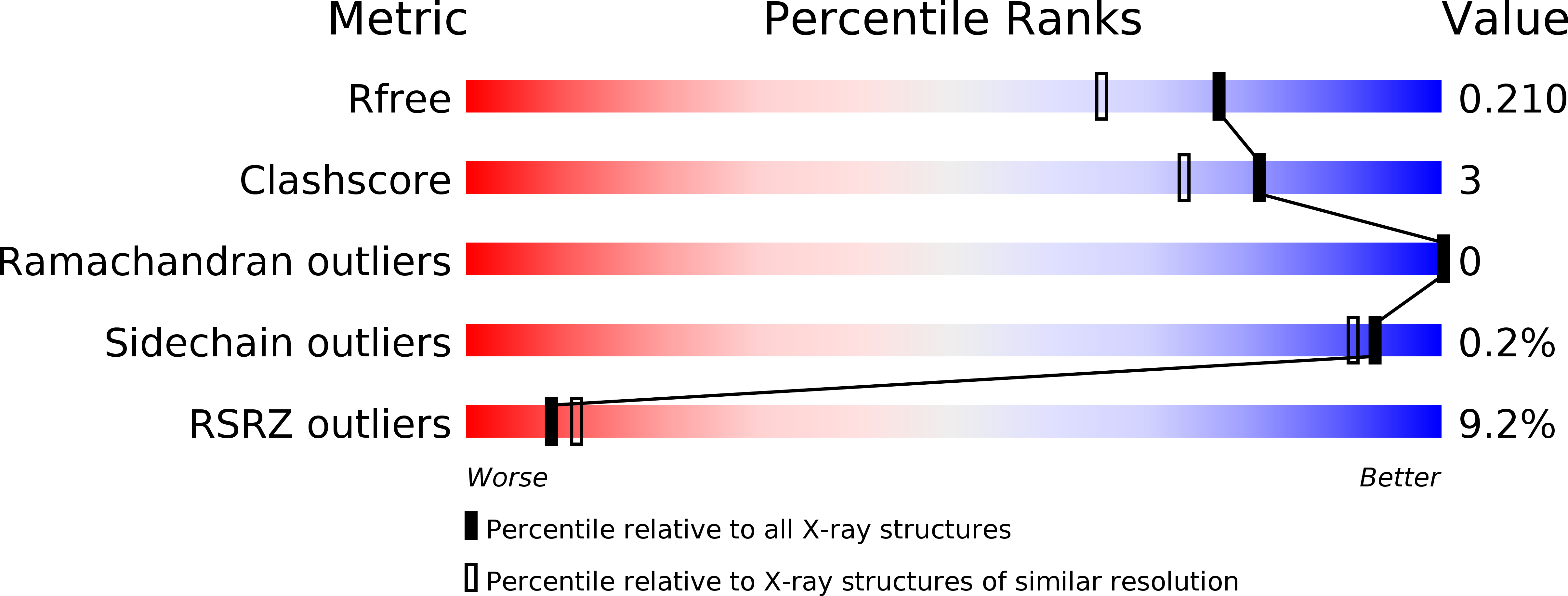
Deposition Date
2016-05-05
Release Date
2016-07-06
Last Version Date
2024-10-16
Entry Detail
PDB ID:
5JR2
Keywords:
Title:
Crystal structure of the EphA4 LBD in complex with APYd3 peptide inhibitor
Biological Source:
Source Organism:
Homo sapiens (Taxon ID: 9606)
synthetic construct (Taxon ID: 32630)
synthetic construct (Taxon ID: 32630)
Host Organism:
Method Details:
Experimental Method:
Resolution:
1.75 Å
R-Value Free:
0.20
R-Value Work:
0.17
R-Value Observed:
0.17
Space Group:
P 1 21 1


